Picture this – it’s summer of 2006 and my brother is getting married! I’ve been racing around with concert tours and picking out music to play during his wedding. And, of course, I decided that I had to make them an afghan for their wedding present.
As usual, I bit off slightly more than I could chew and didn’t quite finish the afghan as early as I had hoped. So I was frantically finishing it sitting at my Mom’s kitchen table the night before their wedding. Thankfully, my brother was not also staying at the house! The yarn was a beautifully variegated lavender, yellow and green that matched their wedding colors. I could just picture it hanging over their footboard. The only problem is that as my stress level went up, my tension grew tighter and tighter. So, instead of a lovely rectangular blanket, I ended up with one of those strange asymmetrical shapes from geometry class. I didn’t actually have any photos as proof of this travesty, but my brother came to the rescue. As he said, “that was 15 years of inexperience ago #RookieMistakes” – very true words!
So, what is tension and how do you keep this from happening to your project?
Tension is how tightly or loosely you are holding the yarn. And if you don’t keep it the same throughout your project, you end up with a geometry problem instead of a blanket.
You need to find a comfortable way of holding your yarn that you can repeat the same way every time. The trick lies in the second half of that criteria – you can repeat it the same way every time. Without fail.
The yarn needs to loop through your fingers instead of just gripping it in the palm of your hand. By winding it around your fingers, you avoid any tension changes from inconsistencies in the way your yarn is wound. You’ll also be able to feel any knots before they make their way into your project.
There’s not really a right or wrong way to do this – consistency is the key. As long as you find what is comfortable for you and you can replicate it, use it! The yarn should glide over your fingers easily, so avoid anything that tends to tighten as you pull more yarn.
I hold the yarn slightly differently depending on whether I am knitting or crocheting.
For crochet, I hold the working yarn in my left hand, going over my index finger, under the middle and ring fingers and over my pinky. Having the yarn over the index finger leaves enough of a gap to easily get the hook in there for yarn overs to make stitches, but still allows your index finger to control the yarn.
For knitting, the hold is very similar, but I hold the yarn in my right hand and loop the yarn completely around my pinky. I start by hooking my pinky over the yarn and then wrapping the yarn over and around my pinky, so that it goes between my pinky and ring fingers and then under my hand. The yarn continues under the ring and middle fingers and then over my index finger. Wrapping it around my pinky allows for more resistance so things don’t get too loose when making stitches. I can also adjust my index finger depending on the stitch needed to pull more yarn from the ball.
These methods have settled in and work nicely for me, but ultimately the right answer is whatever works consistently and leaves you feeling comfortable and confident that your tension will stay even throughout your project. Don’t be afraid of tension – grab some yarn and your hook or needles and experiment with different ways to hold yarn today!

Buy me some Yarn?
If you are enjoying the content I've created and would like to support with a tip, you've found the right place. Any amount is greatly appreciated!

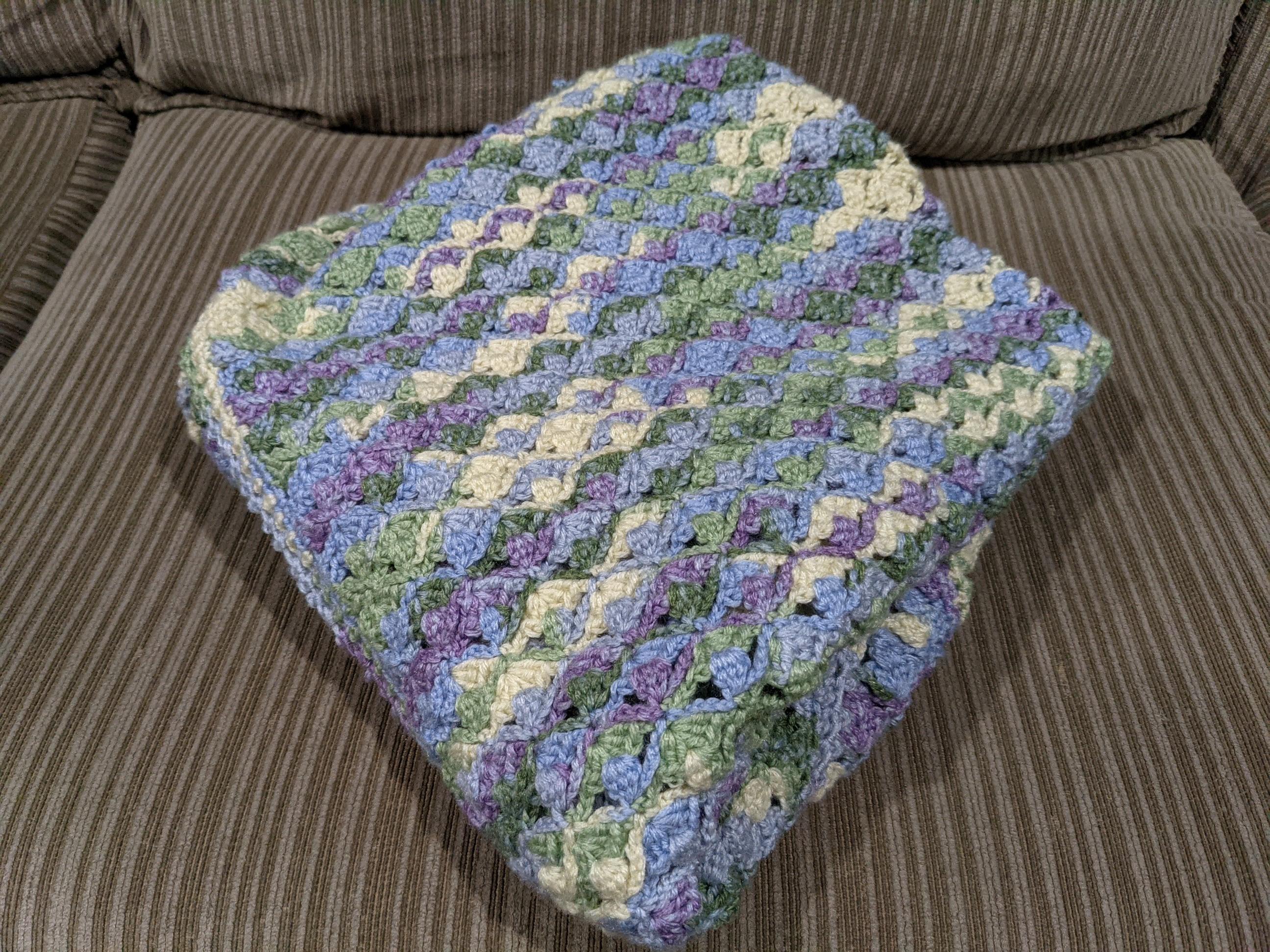
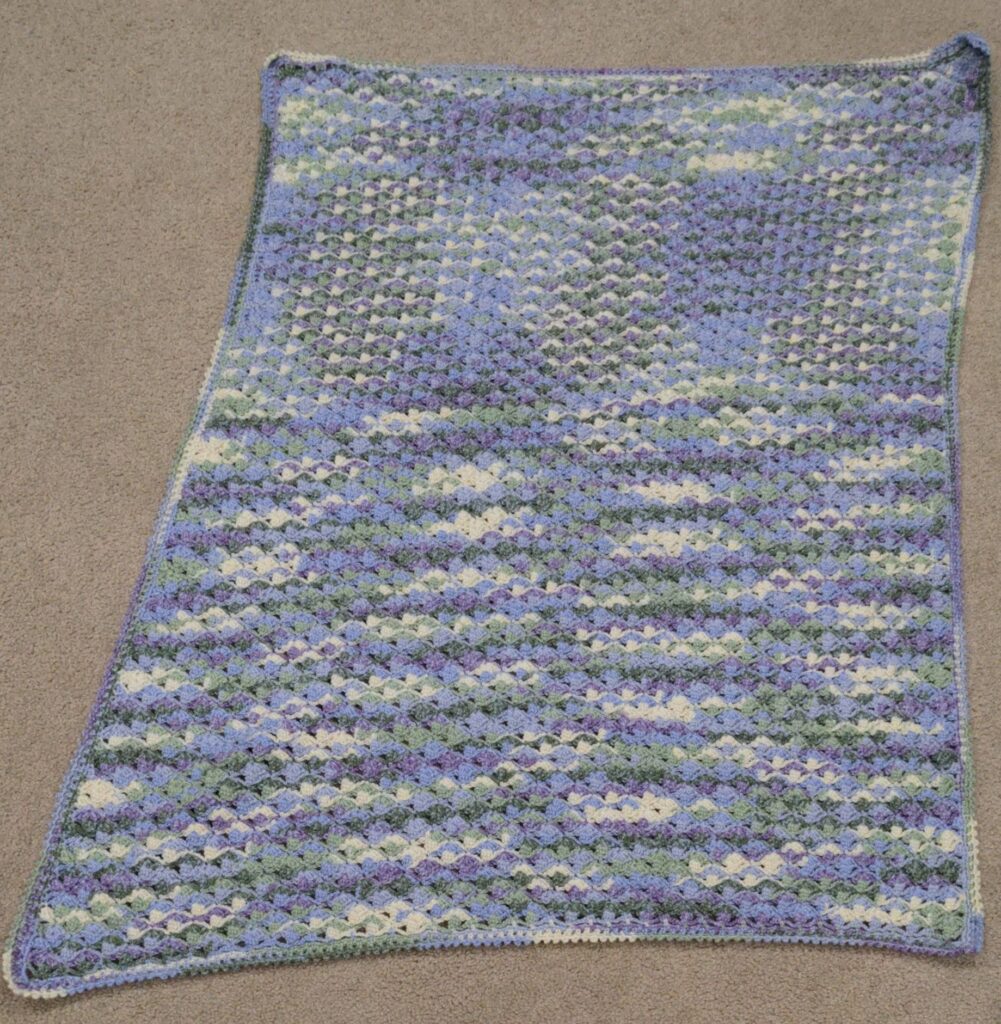

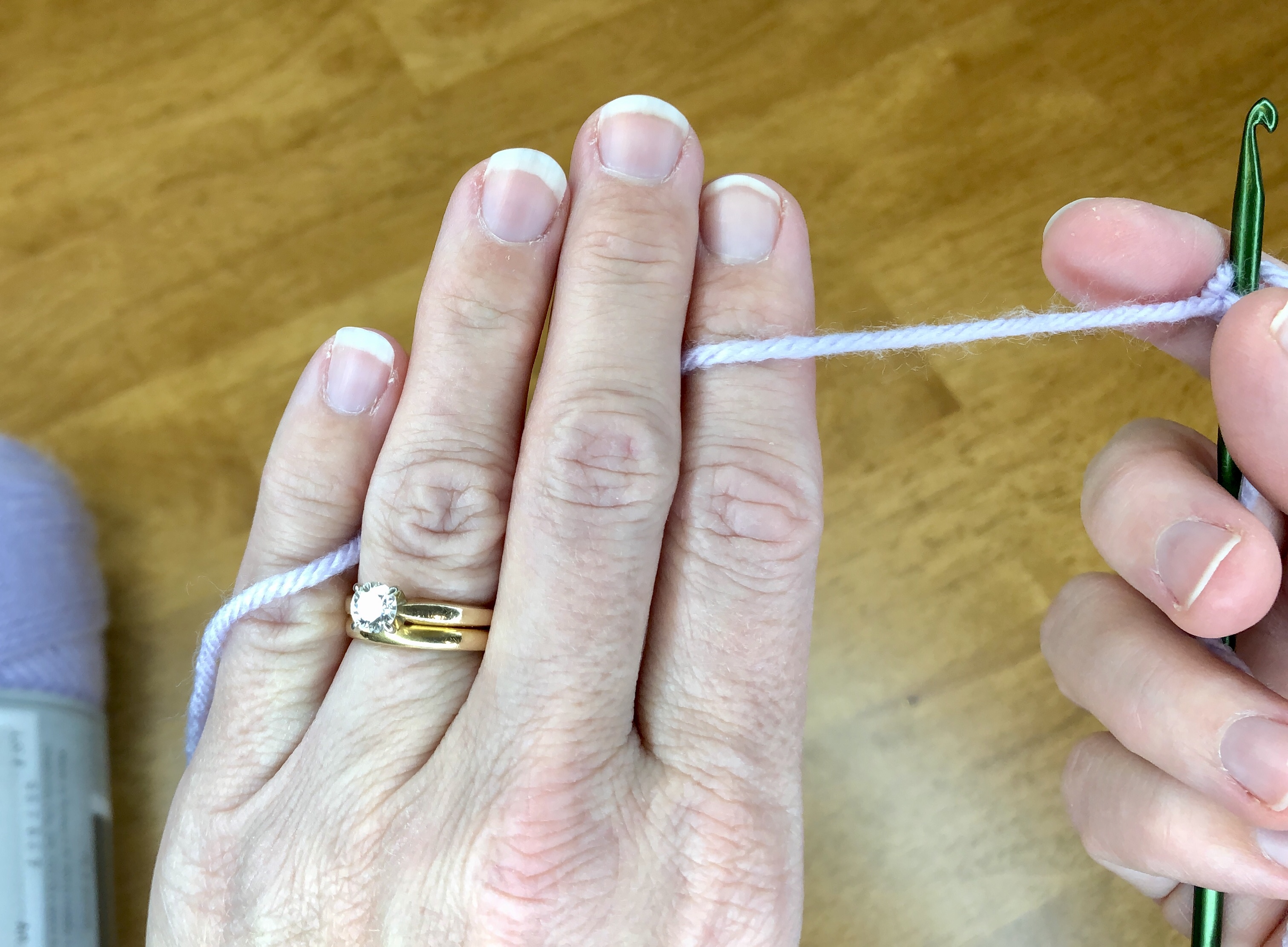
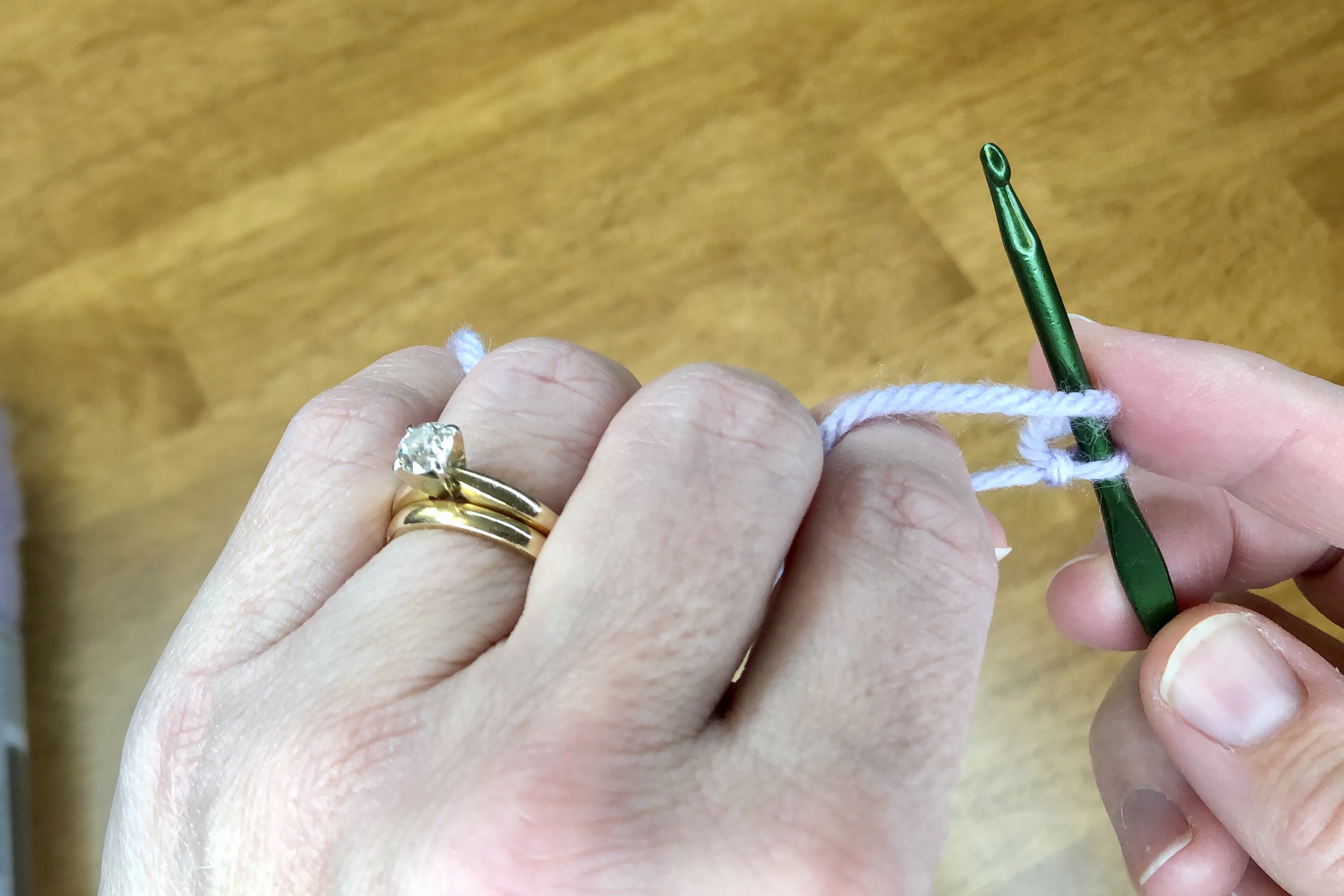
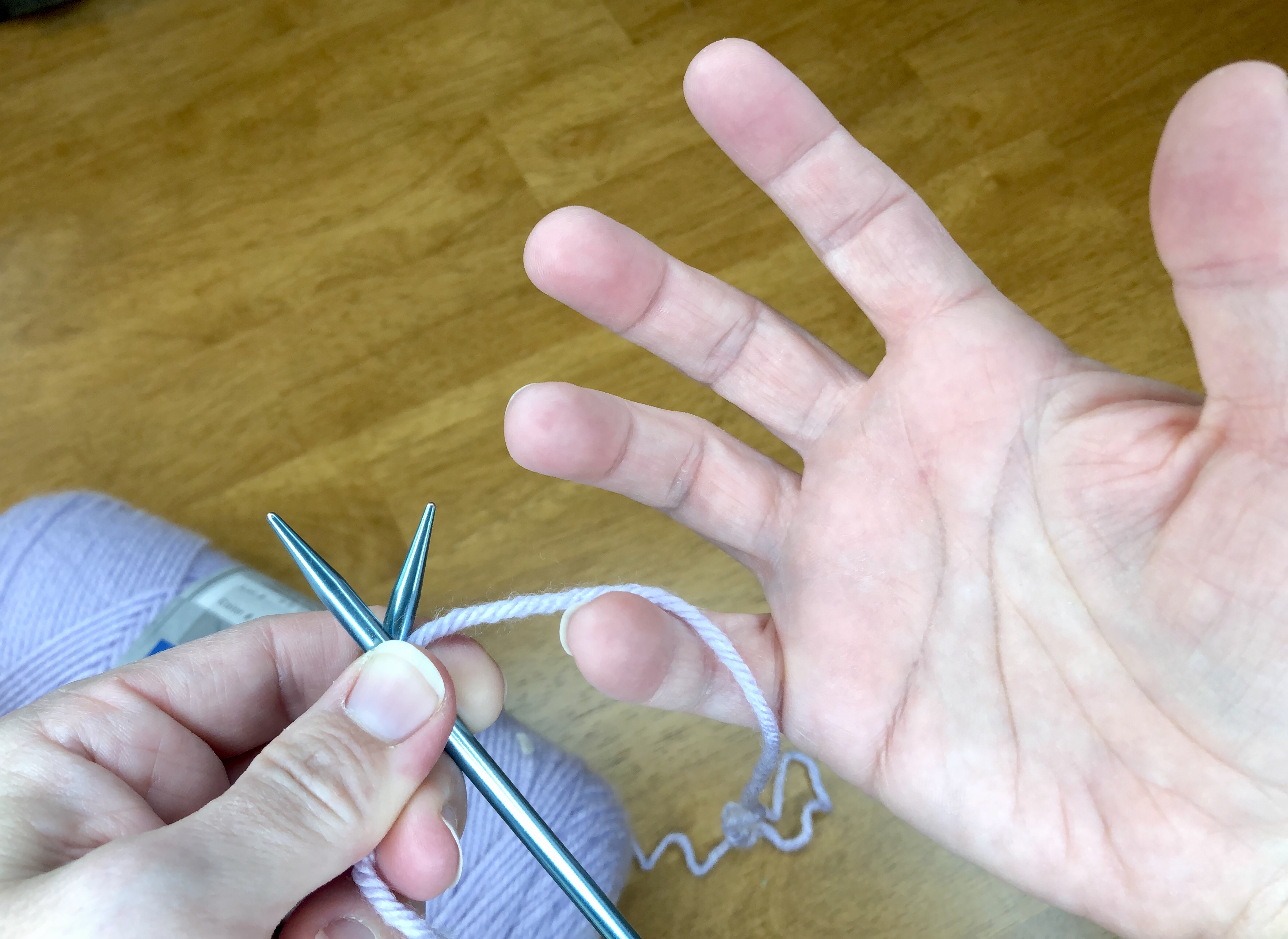


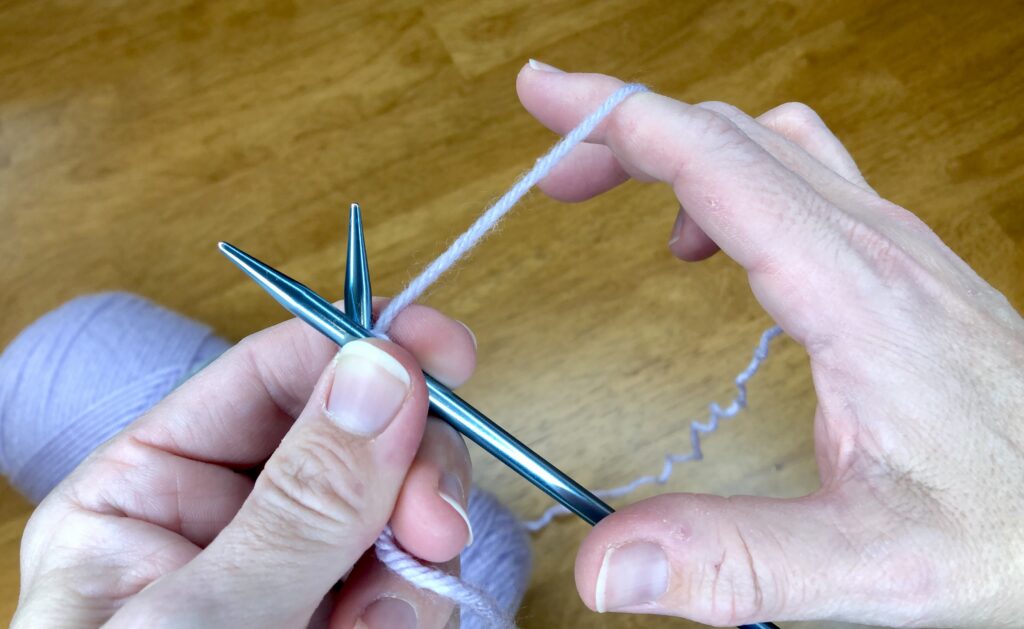


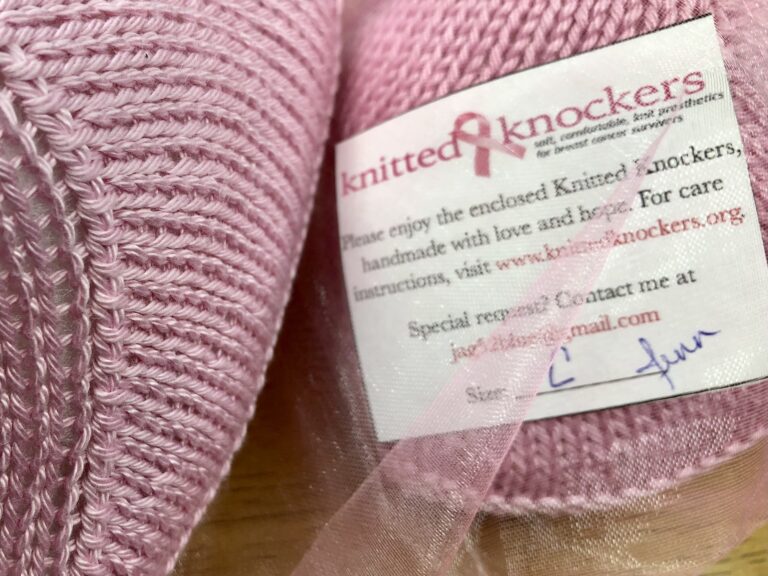
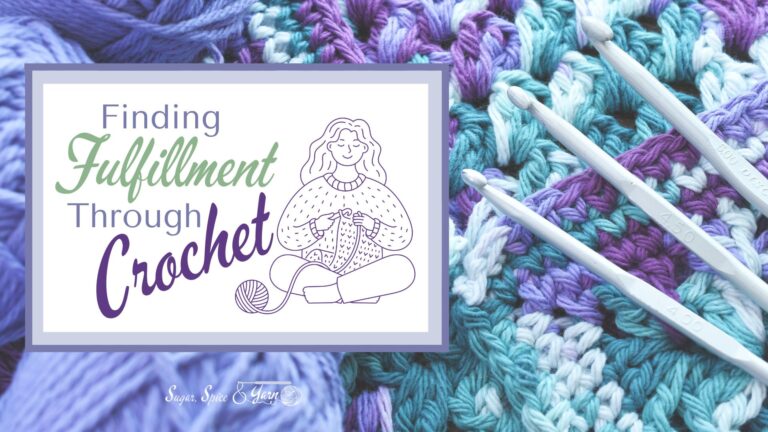
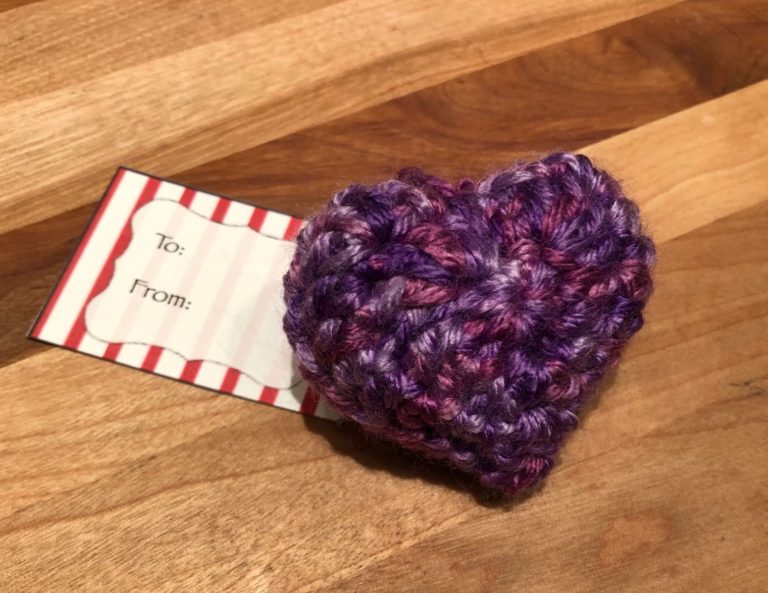
One Comment